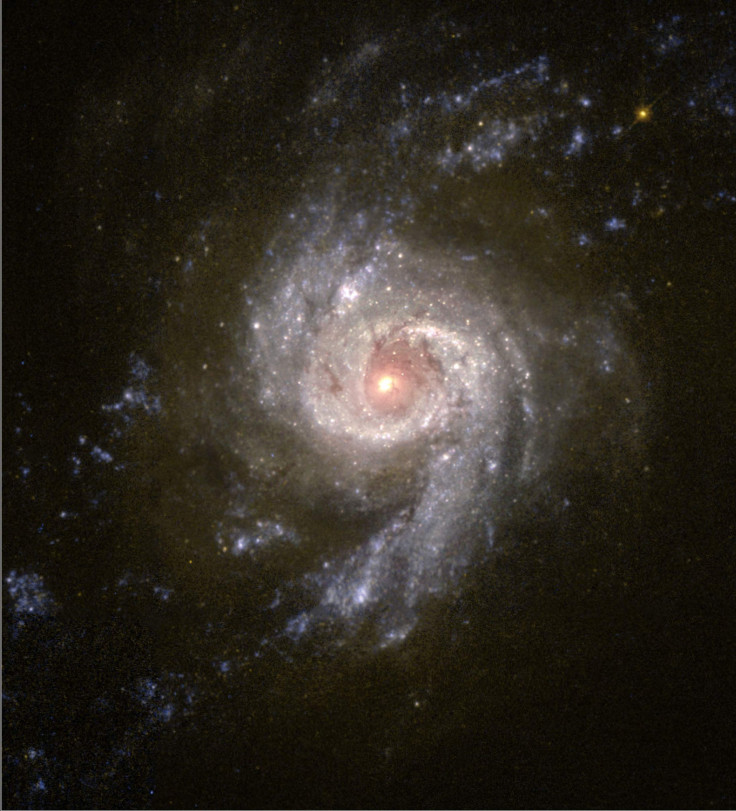NASA's Hubble Captures Stunning Collision Of 2 Galaxies Inside Hercules Constellation [PHOTO]

NASA's Hubble Space Telescope has captured the stunning display of two galaxies colliding and merging into one inside of the Hercules constellation.
On its official Twitter account, NASA shared the stunning image of NGC 6052, which actually consists of two galaxies in the process of colliding with each other. The new image was captured using the NASA/ESA Hubble telescope's Wide Field Camera 3.
"Nothing quite like the chaotic beauty of colliding galaxies. @NASAHubble telescope captured this image inside of the Hercules constellation, 230 million light-years away," the space agency's tweet read. "Eventually the galaxies will fully merge to form a single galaxy."
Nothing quite like the chaotic beauty of colliding galaxies. @NASAHubble telescope captured this image inside of the Hercules constellation, 230 million light-years away. Eventually the galaxies will fully merge to form a single galaxy. Become transfixed: https://t.co/gnSMun56sl pic.twitter.com/F4nMwoy2Ca
— NASA (@NASA) March 9, 2019
British-German astronomer William Herschel first spotted the colliding galaxies in 1784. Due to their unusual shape, he originally classified them as a single irregular galaxy.
According to NASA's website, NGC 6052's current chaotic state was the result of the two galaxies' gravity drawing them to each other. The new gravitational effects produced by the collision also changed the trajectories of the stars within both of the original galaxies. But the stars themselves are unlikely to collide with each other as they are tiny compared to the vast spaces between them.
A "single, stable galaxy" will eventually be born from the merging of these two galaxies.
Like the original galaxies of the NGC 6052, the Milky Way Galaxy and its neighbor, the Andromeda Galaxy, will eventually collide with each other. Scientists initially believed that it would happen about 3.9 billion years from now, but the latest study on this pushed the date of collision back by 600 million years.
Now, new research, based on observations made by Europe's Gaia spacecraft and published in The Astrophysical Journal, showed that the two spiral galaxies will crash into each other in about 4.5 billion years.
But before that happens, scientists have calculated that the Milky Way will first crash into the Large Magellanic Cloud, another one of its satellite galaxies. Another recent study suggested that the Milky Way will merge with the LMC in about 2.5 billion years.
However, it is unlikely that humans living on Earth billions of years from now will feel the effects of the collisions since the distances between stars are so vast. At most, they may see a stunning light display in the night sky when it finally happens.
© Copyright IBTimes 2025. All rights reserved.





















